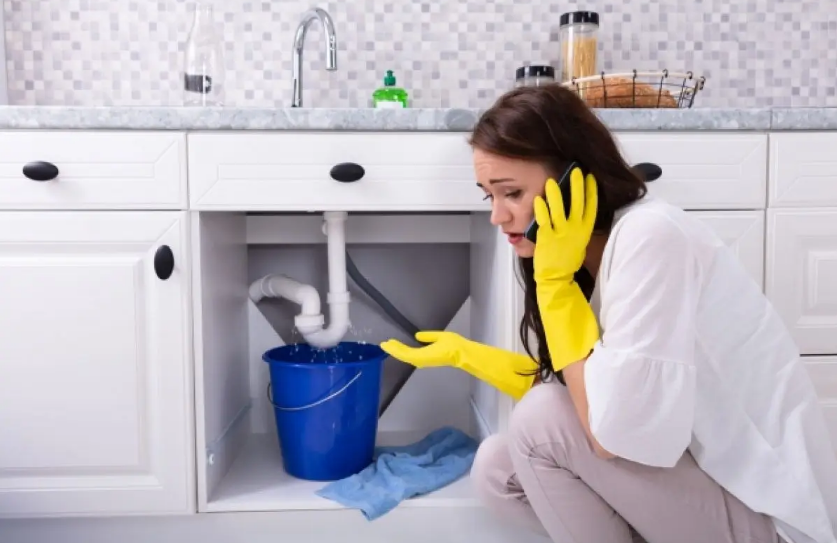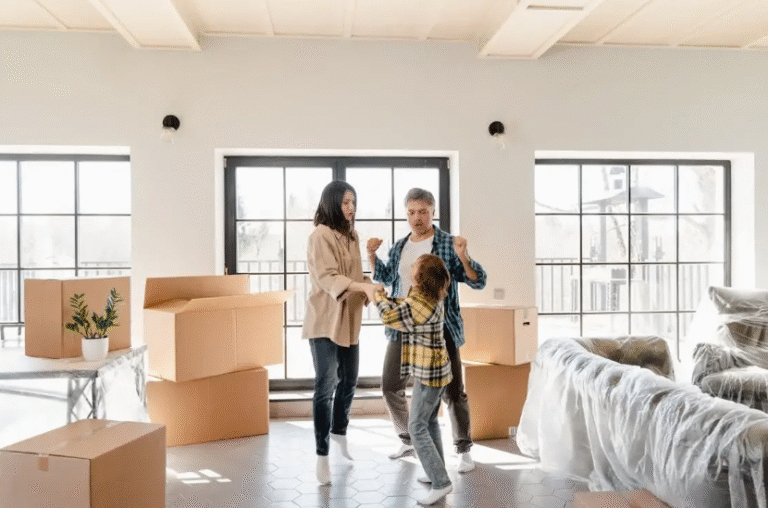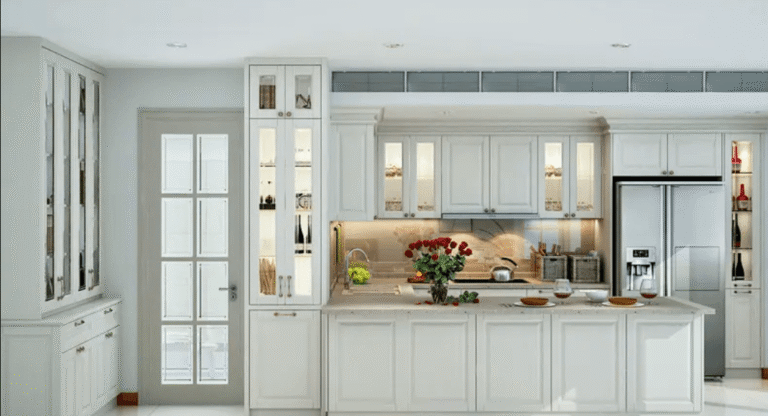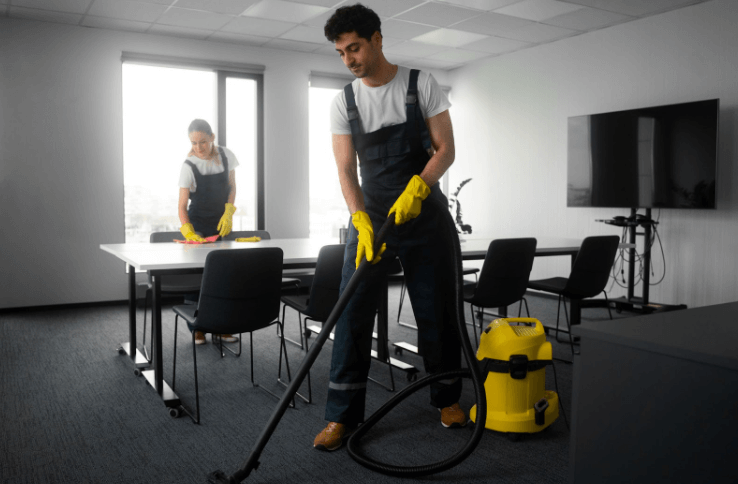Common Plumbing Issues and How to Identify Them
Have you ever dealt with common plumbing issues like a leaky faucet or clogged drain? These problems can happen to anyone and may cause severe damage. Understanding their causes lets you protect your home and know when to call a professional. Whether you fix it or hire someone, approach plumbing repairs confidently. When you’re looking for plumbing solutions you can trust, visit VoyagerPlumbing.com. Here, you’ll find honest service with fantastic quality.
1. Leaky Faucets and Pipes
A dripping faucet can also create noise and cause puddling, which is one common indication of needing to change washers or seals. One way to identify typical plumbing problems, such as dripping pipes, is to look at discolored walls and ceilings with water stains. An alarming water bill or mold increase could also call for emergency checks and repairs.
Signs of a Leaky Faucet
Many Americans find a dripping faucet frustrating. If you hear a constant dripping sound, check it immediately to prevent serious plumbing problems like water damage or mold. Monitor your water bill; a sudden increase may signal a water leak. The EPA views these leaks as a common plumbing issue. Usually, replacing an old washer can resolve the leak and conserve water.
Indicators of Leaky Pipes
Leaky pipes are among the most common plumbing issues homeowners face. Water damage usually manifests as dark stains on the ceiling or walls, indicating a more serious plumbing issue. Wet spots around pipes act as warning signals because excessive moisture can cause detrimental mold or mildew. Furthermore, broken pipes can cause sudden water pressure drops in water supply systems, which makes detecting leaks quite difficult and exacerbates plumbing system issues.
Underlying Causes
Leaks in plumbing are easy to fix when located. Typically, the issue is poor seals, old houses that rust their pipes, and brittle polybutylene pipes. In these areas, extreme temperatures can pressure the plumbing systems, opening new leaks or severe problems that require replacing the whole water main. These types of standard household plumbing are critical to stopping serious water damage.
2. Clogged Drains
Clogged drains can lead to slow drains and gurgling sounds, often indicating a common plumbing problem. Check for standing water in sinks or tubs and watch for any foul odors, as these can signify debris buildup.
Symptoms of Clogged Drains
- Slow drainage in sinks, tubs, or showers.
- Unpleasant odors are coming from the drain area.
- Gurgling sounds are emanating from the drains.
- Water is backing up into sinks or tubs when in use.
Having multiple drains affected at once by common plumbing issues such as clogging is a nuisance. Some of these problems can be tracked to help identify areas for improvement.
Common Culprits
One of the most common problems with plumbing is drain clogs. It usually results from hair, soap scum, or food particles. In worst cases, the roots of the trees invade sewer lines, causing major blockages that need the attention of an expert plumber. Most common household plumbing problems can be prevented through inspections.
Preventive Measures
Prevent clogged drains with some simple steps: Clean your drains regularly to keep pipes clear; try using strainers in sinks and tubs to catch hair and debris that may be the cause of common plumbing problems; and avoid flushing inappropriate things down the toilet. Services such as high-pressure drain cleaning offered by Mulder Plumbing Company ensure good water flow and minimize future plumbing issues.
3. Low Water Pressure
Low water pressure can cause typical plumbing issues, such as faucets and showerheads flowing slowly, which can be a pain when washing dishes or getting in the shower. The presence of several affected fixtures may suggest more significant plumbing problems, including mineral buildup inside the pipes or a failed pressure regulator.
Identifying Low Water Pressure
- Open faucets in multiple rooms to identify if one or more have reduced pressure.
- A slow stream or a thin spray can indicate a problem.
- Strange hissing or sputtering sounds might point to pressure issues.
To effectively monitor your plumbing system, purchase a pressure gauge to obtain accurate water pressure measurements. Water pressure is typically between 40 and 100 psi and often settles around 40-45 psi. Regular checks can help identify trends and detect plumbing problems during peak demand.
Potential Causes
Sediment in pipes is another cause of low water pressure. Most common, this can be seen with galvanized steel pipes that corrode in 20 years and copper and brass pipes that can last for 50 to 70 years. Leaks from dripping faucets are another reason, often requiring professional help, especially here in Northern Virginia, where we are offering expert plumbing services. If you installed a bathroom or washing machine, there may be a need for greater supply lines in the supply lines to facilitate increased usage.
Testing Solutions
To fix low water pressure, test each fixture to identify common plumbing problems. Look for cracks or blockages in the supply lines that may limit water flow. Ensure the main water valve is fully open, which can greatly improve pressure. For a lasting solution, consider replacing your plumbing systems for more reliable water delivery.
See also: The Ultimate Guide to Restoring Original 1920s Hexagonal Tile Flooring in Historic Homes
4. Burst Pipes
Burst pipes can make for an urgent leak detection situation, and a sudden increase in your water bill can signal a serious plumbing problem. Common plumbing problems may be traced through finding water stains on walls or ceilings, hearing running water while off fixtures, and a noticeable drop in water pressure.
How to Identify Burst Pipes
To effectively identify burst pipes, consider these methods:
- Check for pooling water around your home.
- Implement real-time monitoring for pressure loss and an early sign of leaks or burst mains.
- Perhaps most notably, listen for hissing sounds indicating air or water is escaping.
Regularly check exposed pipes for cracks or bulges and monitor your water meter for sudden increases in usage, as these could signal leaks. These simple actions can help avoid costly damage. For example, one family discovered a leak of 30,000 gallons while they were away, leading to significant damage.
Causes of Burst Pipes
Common plumbing problems like burst pipes occur frequently in Amarillo, where freezing weather is very common. Water expands with pressure that may cause a rupture when it freezes. This is especially so if water pressure exceeds the limits set by pipes. Older pipes are also prone to failure due to wear and tear. Tree roots can also find their way into and damage plumbing systems made of different materials, such as copper and PEX.
Immediate Actions
If you suspect a burst pipe, act quickly:
- First, shut off the main water supply line to prevent more water from leaking.
- Open faucets to drain the remaining water from the system.
- Contact a professional plumber immediately for repairs.
Take action now or face serious repercussions. From mold growth to damage on your drywall and floors to pipes rusting away from the inside, these can cause future leaks.
Proactive Plumbing Care for a Problem-Free Home
Plumbing emergencies can happen at any time and require immediate action. A dripping faucet wastes water and money, and common plumbing problems like clogged drains can significantly impact your daily life. A running toilet increases your water bill; low water pressure can spoil your showers. So, the earlier you act, the more you’ll save time, stress, and money. Be aware of the warning signs and how to react. Follow these tips to maintain your plumbing well and ensure your home and finances are safe!e






